Como Se Goza En El Barrio
Every morning I get up, put on my coffee, and walk all the way to the front of the house to swing open the two oaken doors that serve as our window onto the street below. I can tell the time by what’s happening outside. Usually the eastern sky is already glowing pink behind the hill, but the streetlights are still on and the western sky a deep purplish blue with three stars still visible. The rock pigeons and white-winged doves will be just arriving, pausing here and there on rooftops as they make their way uphill. Most mornings a quiet pair of little Inca doves sit on drain pipes two stories up, eye level with me, watching the street below. Sometimes we watch each other, the doves and I.
Even in the half light the street is always filled with people. If it’s very early I’ll see the sweepers making their way up, cleaning the night’s debris. After them come the workers, walking up the hill to their jobs, munching tamales or breads, rolls, containers of fruit, some with cups of coffee or bottles of coke. There’s a rhythm to their movement, like rivulets of water bouncing over stone sidewalks. It’s a rhythm that’s matched by another coming down the hill — buses wheeze and groan making the turn onto San Antonio just before our house, and cars and motorcycles weave in and out and around, dropping off spouses to work, children to school. Snatches of conversation drift up to the window where I sit, goodbyes and hellos floating around the ever-brightening day.
Sometimes, if I’m late to the window the vendors are already pulling in their carts, setting up for the day — the fruit sellers, the juice lady, and somewhere down the street, the tamale lady.
Nearly always there is music. It is loudest between 12AM and 2AM when people seem to leave the bars and head back out to wherever they live, speakers throbbing. But people walk with music playing on phones in the morning too. No one plays music quietly. It’s my kind of place in that sense because even if I don’t like the music, which I usually do, but even if I don’t, I still like it loud. Occasionally someone walks up the street playing guitar and singing. Once Elliott and I sat in a chair at the window and watched a lone drummer come up in the middle of the day, pounding out a beat for no apparent reason other than he wanted to play the drum. This morning a small parade of indecipherable origin or destination wandered by with horns, drums and guitars.
For all its constancy though, we get little continuity. Music drifts up from the street and into our house in little staccato bursts, the time it takes for a car or bus or motorcycle to pass by with its ranchero, samba, salsa or more modern, less drifting, more wall shaking sounds of pop, rock and rap, and then it’s gone, on down the hill.
At first the constant noise was annoying, but we adjusted. Now it feels slightly strange on the rare occasions when I hear no squeal of worn brakes, rattle and growl of engines in various states of collapse, or shouts or cries or clangs or dings or clamor, when I hear silence.
It might sound strange, given how much time we’ve spent away from the clamor of cities, to know that I like it. It surprises me a bit, but there are some qualifications worth mentioning. For instance, this is a real city, not a sanitized one. The streets here are where people live out their lives to a large degree. People rule the streets, not cars. Food is everywhere. There are no huge stores, there are tiny stores selling single things well. To get everything you need you’ll need to visit a dozen of them, talk to dozen people, interact with a dozen more coming and going. Life is more public, but more fun too. There’s only one place in America I can think of that even comes close — New Orleans, but even it lacks the street food.
We do miss being outside all the time, and it might bother me more if I didn’t know that I’ll be returning to outside life again.
And it did take a little adjusting to being in a city.
There is always that period of shock when you first arrive somewhere new, especially if its outside your birth culture. I think what people mean when they say “culture shock” is the severe cognitive dissidence that comes from realizing that everything you think is true, and “just the way things are” turns out to be neither.
Everything you believe, do, say, and think is relative to the culture you were raised in.
We say that a lot — everything is relative — and we think we know what it means, but by and large we don’t live it. Go abroad and you will suddenly live it.
The simplest things in life become grand adventures. You either thrive on this or you have a rough time until you figure out the new world you’re in. Or you go home. Even if you enjoy it like I do, it can still be overwhelming at times.
This is why, generally speaking, people spend their vacation in little islands of their own culture that have established themselves abroad. People from the United States go to Cancun because there’s an entire industry set up to insulate them from having to deal with the vast difference between their culture and the local culture. Australians go to Bali for the same reason. The British love India. The Japanese have enclaves that put a little bit of Tokyo in Bangkok. You can rest assured that every place you think of as a tourist destination, every place that’s on the cover of a glossy travel magazine, is a place your culture has established a kind of bulkhead.
A lot of people on the internet turn up their noses at these sort of places, “tourist traps” is the snob’s term for them. Some people seem to think they lack authenticity, as if some things in the world were somehow more real than others. That doesn’t mean you should spend your time (or any money) in tourist traps. I don’t. But they have their place and they have value.
Tourist traps — bulkheads if you will — are important gateways between worlds. If there wasn’t some way to smooth over cultural differences nearly everyone who ever left their own culture would be back the next day. I know this because I made the rookie mistake of avoiding tourist traps on my first trip abroad, and my first week in India was pretty rough.
It’s really hard to relearn every assumption you’ve ever made about the world. No one wants to spend their precious two to six weeks of vacation a year doing that. It’s not most people’s idea of fun. Good tourist bulkheads smooth some of this over, allow in just enough outside culture to whet your appetite for more, but not so much that you spend an entire day struggling to find toothpaste.
I happen to be one of those weird people that thrives on turning my world upside down. I like spending the day trying to figure out how the hell to buy toothpaste. Then the next day, you don’t have to worry about toothpaste, you can move on to the next thing. Little by little you find the things you want and you form these little patterns, you walk over here to get tortillas, over here to get coffee, over there to get roast pollo, up the hill for the gordita lady, around the corner to the flouta lady, to the market downhill for veggies, but the market uphill for fruit and meat. You figure things out, day by day, little by little. Until, if you’re me, you start to notice your little patterns.
Sometimes I see myself like I imagine a hawk sees the patterns of a field mouse moving to and fro, getting seeds here, roots other there, all by traveling well-worn trenches in the grass that are obvious to good eyes even 2000 feet in the air. If you’re me you notice these trails and you force yourself out of them, force yourself to find a new fruit vendor, a new butcher, a new gordita stand, a new place with better salsa, a new queso stand in the mercado, a new pollo rostizado seller. Actually, no, I’m loyal to the chicken lady. We have an understanding. You have to have some patterns.
Eventually though you parse out a place and start to find yourself in it, start to understand it in some way. Not the way the people born into it do, but in your way.
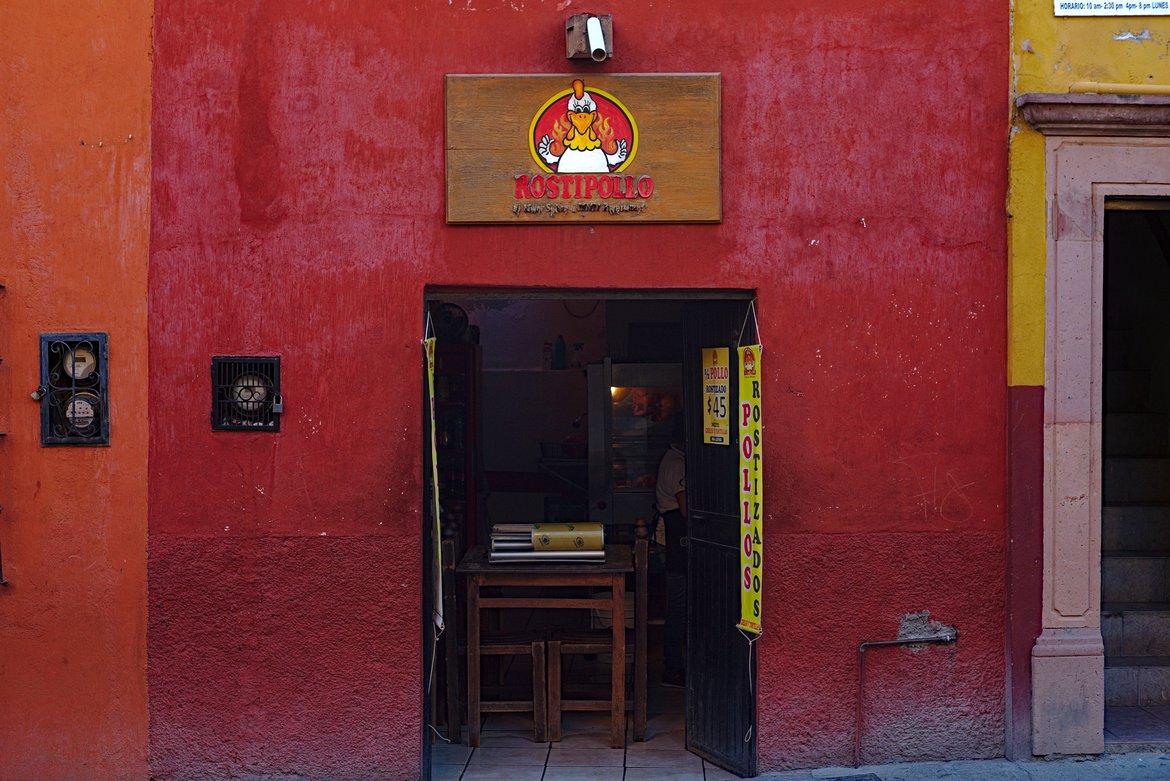
That’s a common expat mistake, thinking you understand a place like the locals. That’s impossible. I will never understand San Miguel the way the locals do. And they’ll never understand the Los Angeles area the way I do. But you do start to develop your own understanding. Finding your places helps you find your place. And surprisingly quickly a place can come to feel like home, whether it’s the wilds of Lake Superior, the barren emptiness of the Badlands, or the main drag in San Miguel de Allende. Home is where you are.
[Note: Most of the titles on luxagraf come from songs, I rarely point it out, but in this case, since it’s in Spanish, I thought I’d mention the translation: Como Se Goza En El barrio translates literally to “how you enjoy in the neighborhood”. The song is by the great Cuban musician Arsenio Rodríguez and comes from the album of the same name, which is well worth getting if you enjoy Cuban son, mambo and similar styles of music.]


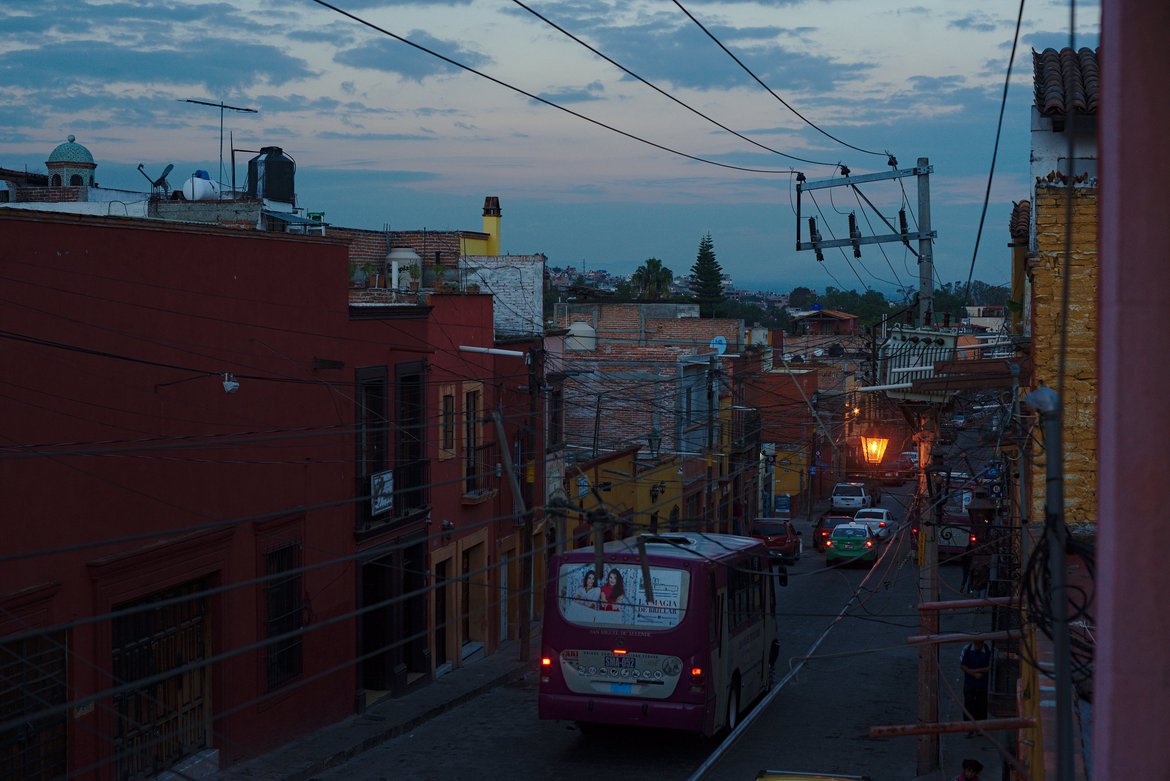

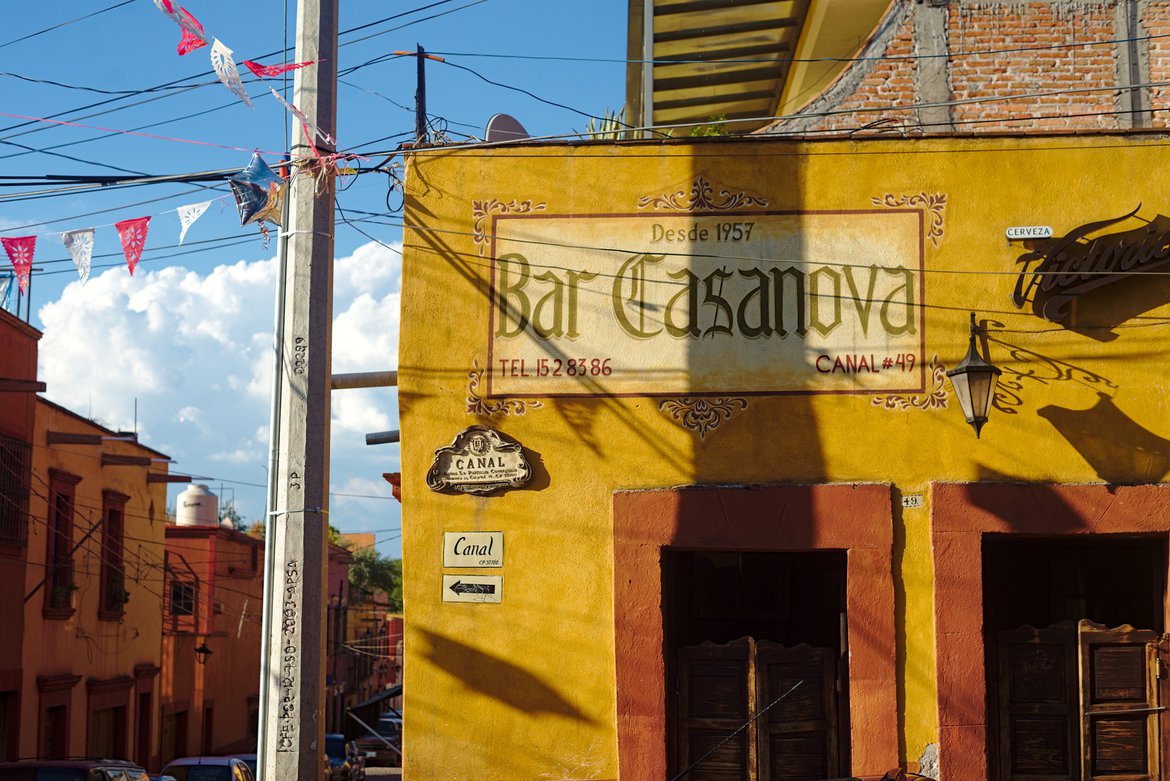
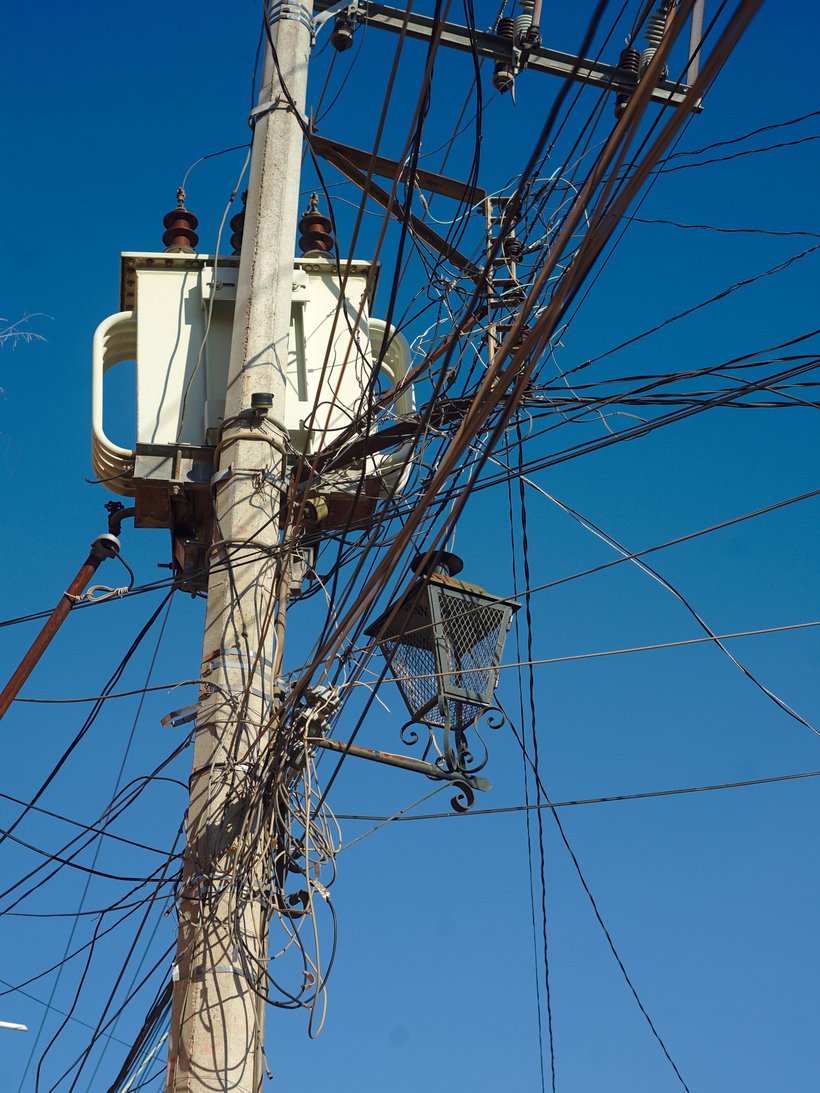
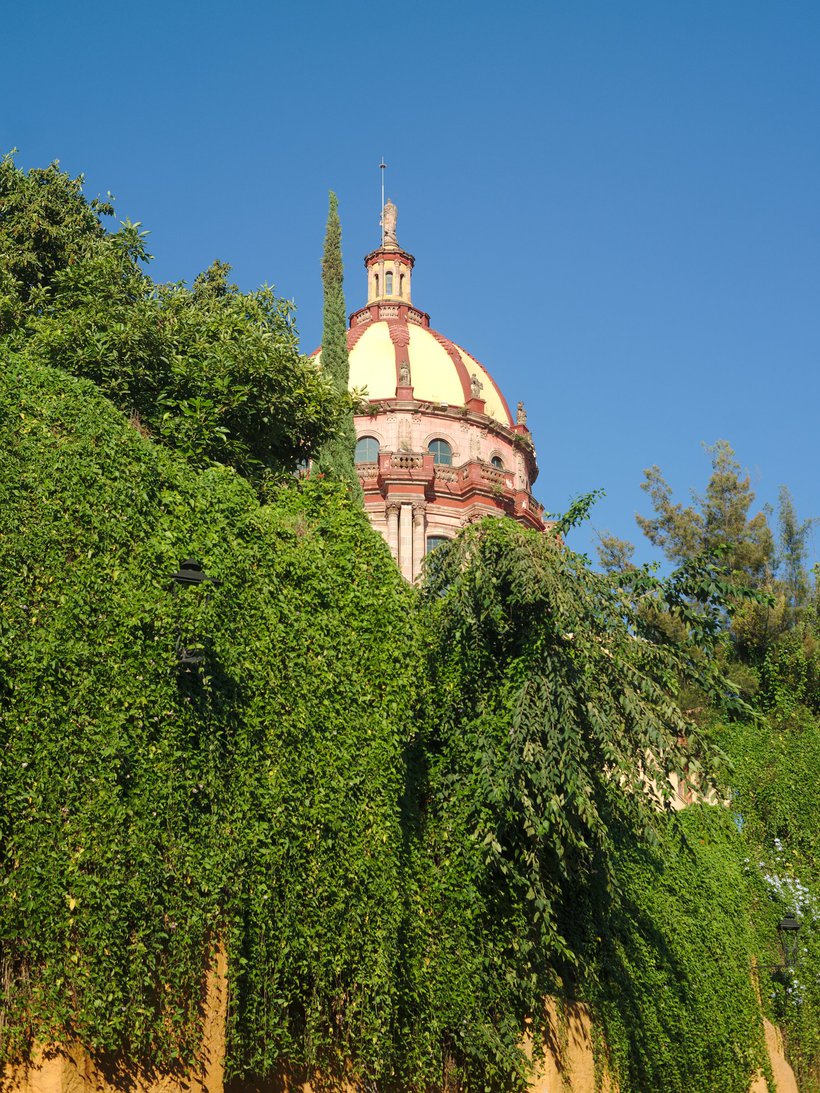

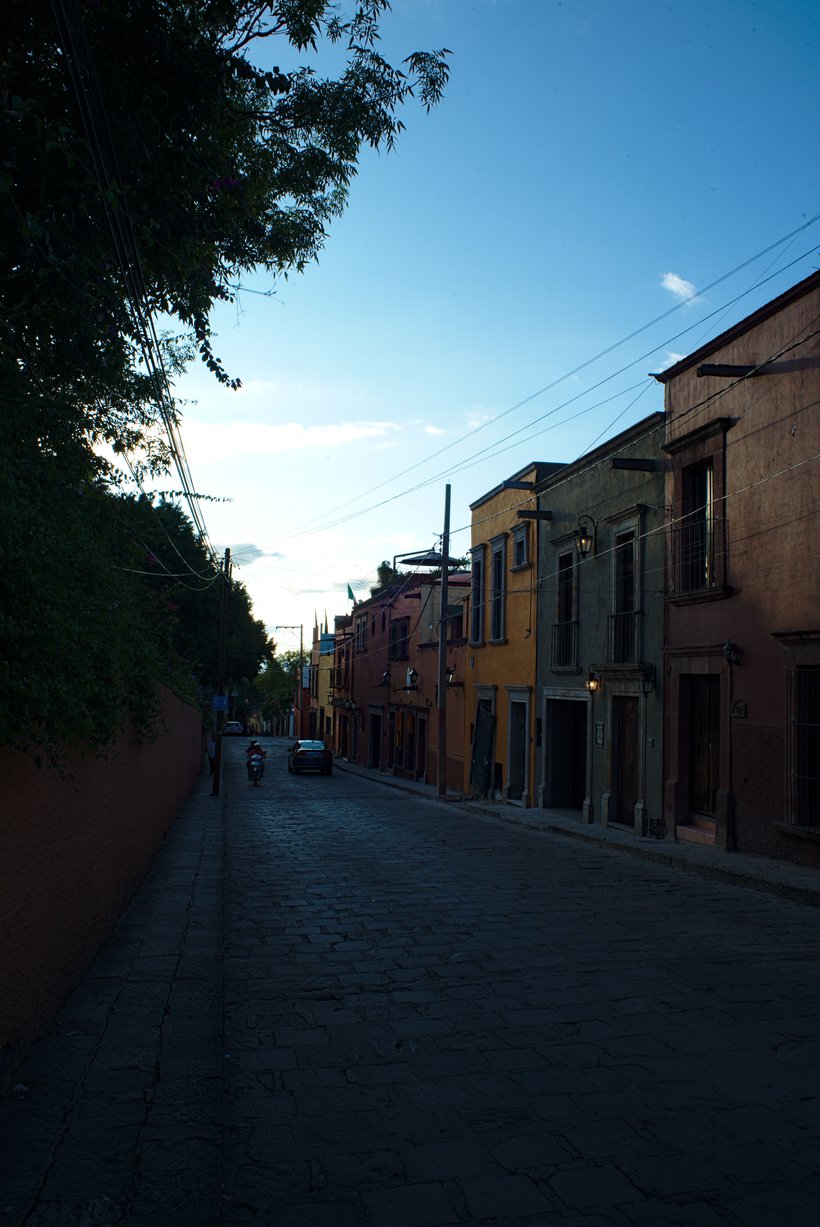
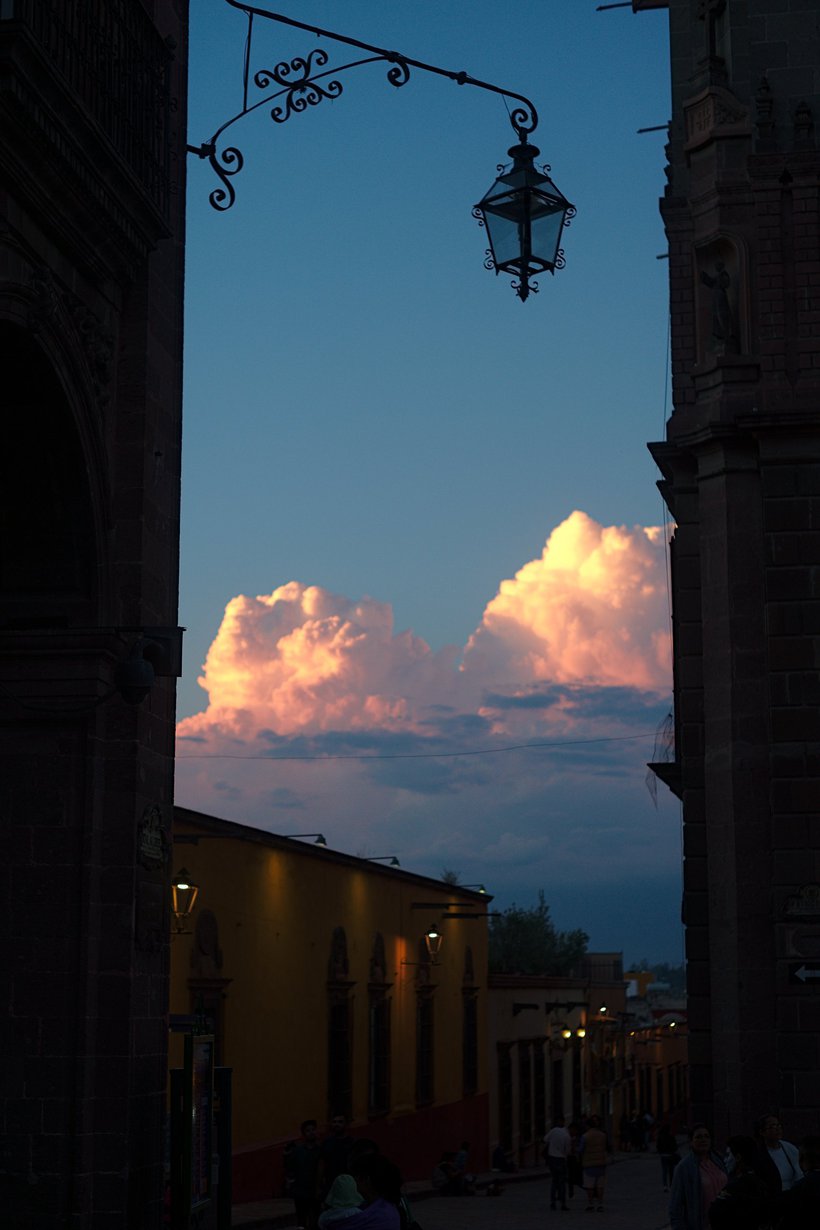
2 Comments
I love the gateway analogy! Awesome article.
If I were in your situation right now I think I would have to draw a map of the hood so I didnt forget my way and cool things I saw day to day.
Drew-
That’s a good idea, I have not done that. I’ve been walking different routes in specific patterns to organize things in my head, and taking random bus routes just to see what’s along them. But I haven’t drawn anything yet.
Thoughts?
Please leave a reply:
All comments are moderated, so you won’t see it right away. And please remember Kurt Vonnegut's rule: “god damn it, you’ve got to be kind.” You can use Markdown or HTML to format your comments. The allowed tags are
<b>, <i>, <em>, <strong>, <a>. To create a new paragraph hit return twice.